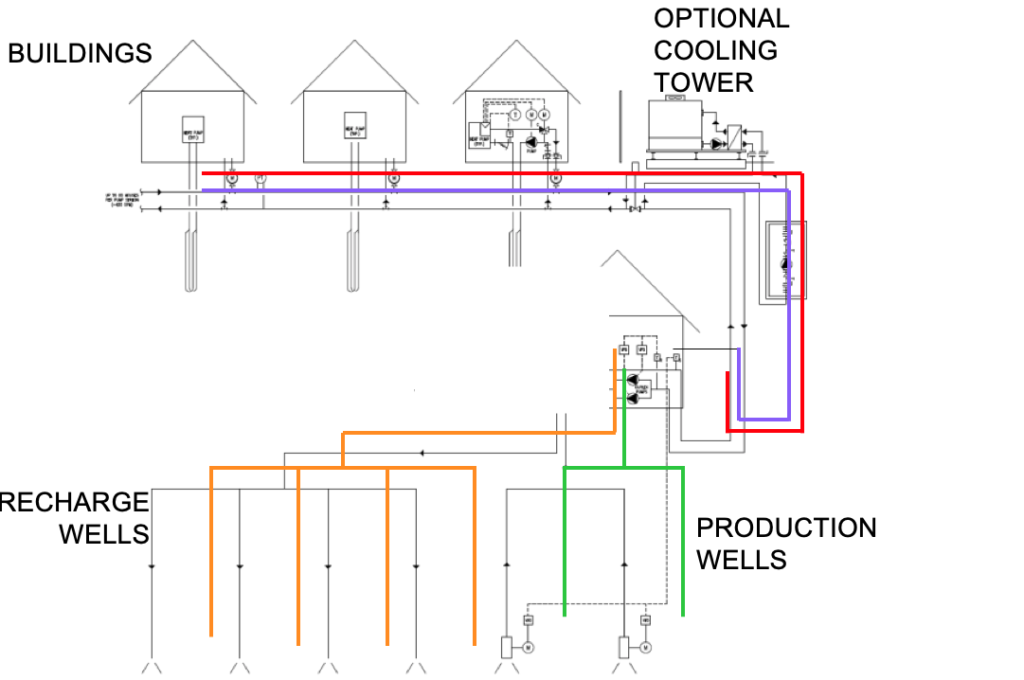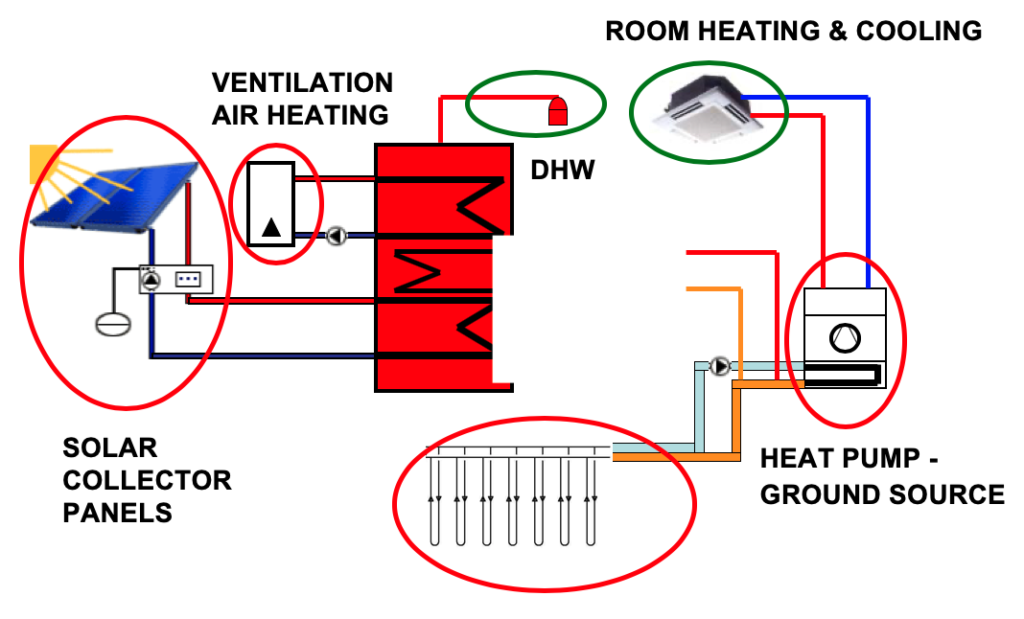Our Services
EMX energy experts will conduct a site visit and work with facility managers and site owners to understand the complete picture of how energy is used at a given site. We will review your day-to-day energy practices, your utility bills, and the layout of your energy systems (HVAC, hot water boilers, and lighting systems). We will then coordinate and condense all this complex information to provide owners with a concise and clear picture of their energy systems.
EMX gathers the information about a proposed energy-saving initiative and assess its viability by identifying constraints and issues. Some of the focus areas included in our study are: budget, schedule, compatibility with the day-to-day facility use, potential for reductions in energy operating costs, and compatibility with facility manager/owner goals. We will extensively investigate and research a proposed project to support the decision making process of the facility managers/owners.
EMX will compare the relative merits of multiple options to reduce the energy operating costs of a facility. We will identify the benefits as well as any potential problems or shortfalls of the technologies being considered. We will perform a life cycle cost analysis for each technology being considered. This analysis will quantify how much the owner will save in energy operating costs over the life of the energy technology versus the initial cost of implementing the technology. This allows facility owners to clearly identify which technologies offer the most savings.
EMX will work with the facility manager/owner to plan their energy system upgrade project. We will provide a comprehensive schedule and a detailed budget for the project. Then we will act as a liaison between the owner and contractors, consultants, and vendors responsible for implementing the project. We will manage the project and facilitate communication between project stakeholders to ensure that everything is completed on-time and on-budget.
Technologies
EMX provides expert analysis of the following technologies:
Special coated window glass reflects UV light back to the outdoors, reducing cooling loss during summer months.

For windows that do not receive direct sunlight, low-e glazing can be used to trap heat and reduce heat loss through windows during winter months.

Shading to prevent sunlight from hitting windows reduces demand for cooling during summer months. This shading can be built into the exterior of the building (architectural shading) or incorporated into the landscaping surrounding the building.

Solar panels can be installed on a building exterior to collect electricity. A variety of strategies can be used to store the electricity for future use, or sell it back to the local grid.

Wells are drilled to take advantage of stable underground temperatures. Water in the wells is used to exchange heat between the facility and the earth using a ground source heat pump. These systems can provide highly efficient heating and cooling.

HVAC systems can be modified to collect the air from the interior space of a building and use it to pre-warm or pre-cool the outdoor air used for heating/cooling. This allows HVAC systems to run more efficiently.

There are many water-saving alternatives available for all types of plumbing fixtures. In commercial applications the most useful are high-efficiency toilets and aerated faucets, which reduce water use significantly.
Multiple high-efficiency lighting technologies are available, including fluorescent, LED, and Halogen. These technologies provide the same amount of light as traditional incandescent lighting, but use much less electricity.
Retro-commissioning, commissioning, and energy optimization for various building types. EMX can handle system architectural layout, evaluation, and programming of open protocol direct digital building management and energy management systems.
